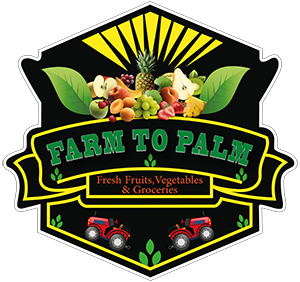Banana peppers, also known as “yellow wax peppers” or “banana chilis,” are a mild and tangy vegetable that belongs to the chili family. While they are primarily found in a yellow variety, they can also be found in red, orange, and green varieties. Unlike many other chili varieties, banana peppers are not spicy and can be a flavorful addition to salads, sandwiches, and dishes. In addition, they offer several nutritional benefits as they are rich in vitamin C, fiber, capsaicin, potassium, and other nutrients. Now, let’s explore whether banana peppers are good for you.
What are banana peppers?
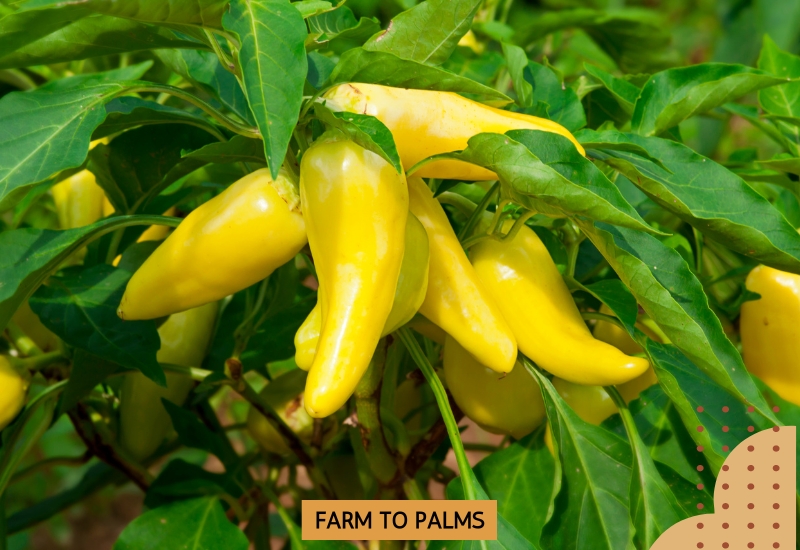
Banana peppers are a type of long and thin pepper, similar in shape to a banana. They are mild in flavor and have a sweetness that is sometimes described as reminiscent of bananas. Like bananas, they are also yellow. They are typically used as a bell pepper substitute and are prevalent in dishes like salads, sandwiches, and pizzas.
What’s another name for banana peppers?
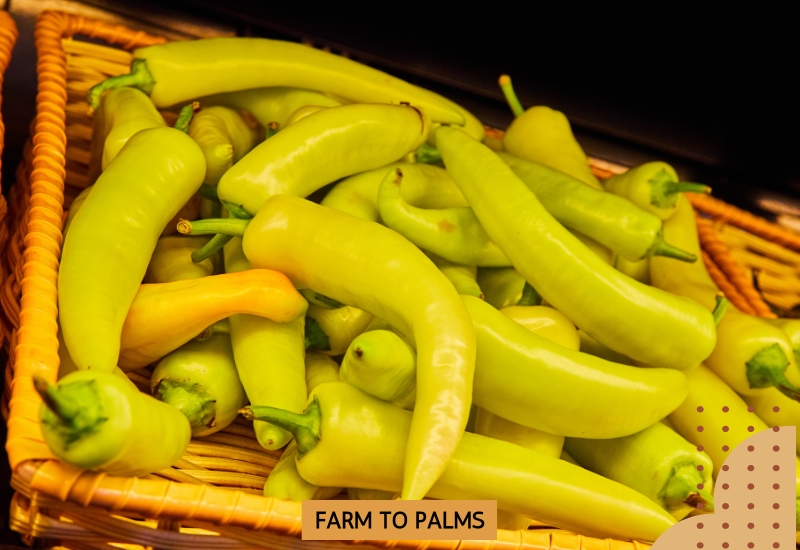
Banana peppers, also known as yellow wax or banana chilies, are mild peppers in shades of bright yellow to pale green.
They are also referred to as banana chilis or yellow wax peppers. They have a sweet, mild taste and are about five times more favorable than the average jalapeno. Referring to these peppers as “spicy” would be an exaggeration, as their flavor profile leans more towards a subtle tanginess.
Banana and pepperoncini peppers differ in Heat, Appearance, and Flavor. Both peppers measure up to 500 Scoville Heat Units on the Scoville Scale, but some banana peppers can have no heat, whereas the mildest pepperoncini will still have just a touch of heat.
Why do banana peppers taste like pickles?
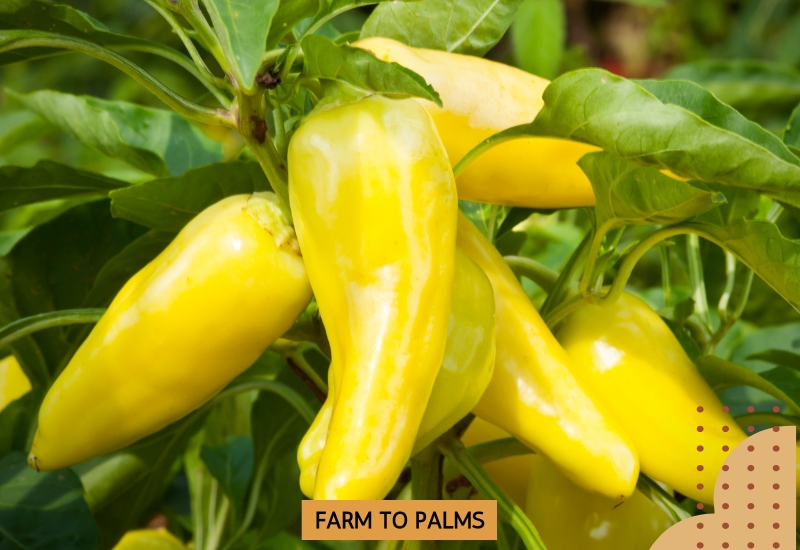
Banana peppers are usually sold “pickled,”…meaning they are processed in a brine of vinegar, water, and salt. This process, known as “pickling,” is a type of brining that preserves them. Banana peppers are used mainly on deli sandwiches, pizzas, and salads. Usually, when we think of a “pickle,” we speak of a fermented cucumber. Throughout the world, many foods are pickled in a brine, from fish to cabbage (sauerkraut) to beets and eggplant.
Are banana peppers healthy?
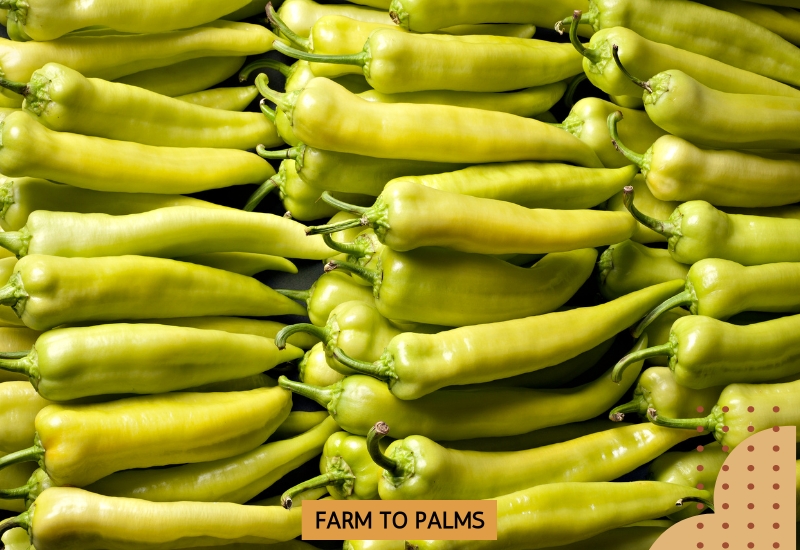
They have a negligible amount of sugar, carbohydrates, and fat. However, they have a lot of fiber, and a single pepper has almost 200% of your daily recommended value of Vitamin C (which is common in chili peppers, which usually have more Vitamin C than most citrus fruit)
In summary, non-starchy vegetables, including those mentioned, are generally considered healthy.
Here are some health benefits of banana peppers:
- Lowers Blood Pressure: Banana peppers are rich in vitamin C, which may help control blood pressure.
- Improves Brain Function: Banana peppers contain vitamin B6, which aids in producing dopamine and serotonin, which are essential for brain function and reduce the risk of sleep problems and mood changes.
- Fights Obesity: The compound capsaicin found in banana peppers may improve metabolism and reduce body fat.
- Improves Digestion: Capsaicin in banana peppers can speed digestion, increase metabolism, protect against stomach ulcers, and their high fiber content can help with constipation and digestive problems.
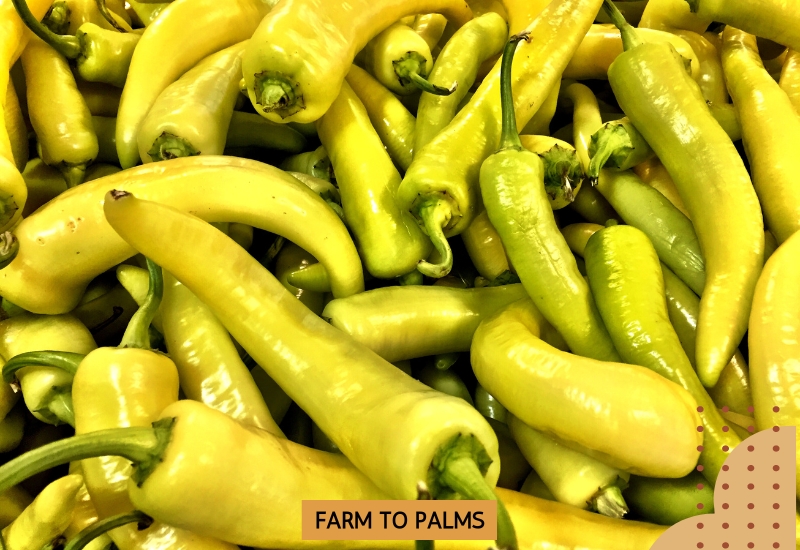
Seeing the nutritional value, we can say that it is healthy. But overeating can cause acidity.
| Nutrient | Amount per 100g | % Daily Value* |
|---|---|---|
| Energy | 113 kJ (27 kcal) | |
| Carbohydrates | 5.3 g | |
| Sugars | 1.9 g | |
| Dietary Fiber | 3.4 g | |
| Fat | 0.5 g | |
| Protein | 1.7 g | |
| Vitamin A | 340 IU | |
| Thiamine (B1) | 0.1 mg | 9% |
| Riboflavin (B2) | 0.1 mg | 8% |
| Niacin (B3) | 1.2 mg | 8% |
| Pantothenic Acid (B5) | 0.3 mg | 6% |
| Vitamin B6 | 0.4 mg | 31% |
| Folate (B9) | 29 μg | 7% |
| Vitamin C | 82.7 mg | 100% |
| Calcium | 14 mg | 1% |
| Iron | 0.5 mg | 4% |
| Magnesium | 17 mg | 5% |
| Phosphorus | 32 mg | 5% |
| Potassium | 256 mg | 5% |
| Zinc | 0.3 mg | 3% |
*The % Daily Value tells you how much a nutrient in a serving of food contributes to a daily diet. The daily values are based on a 2,000-calorie diet.
Differences Between Banana Peppers and Pepperoncini
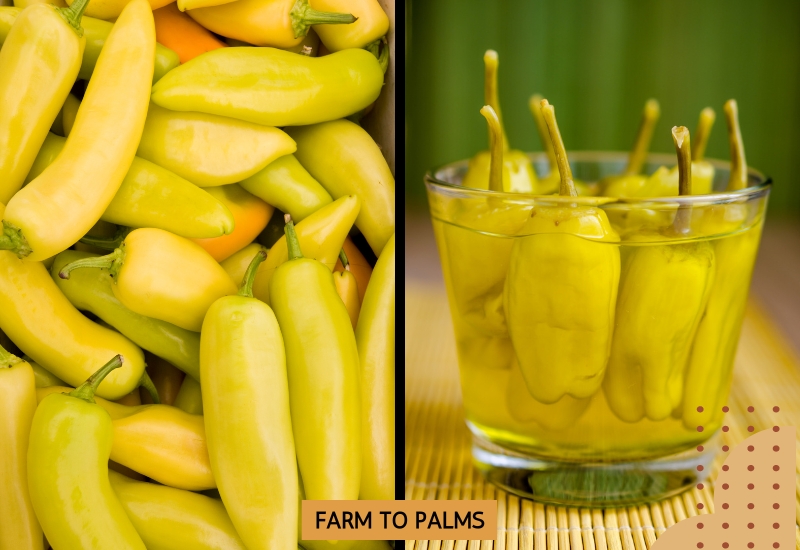
| Banana Peppers | Pepperoncini | |
|---|---|---|
| Description | Long, cylindrical, slightly curved, yellow when mature | Ripen to a deep red color, more robust flavor when mature |
| Maturity | Sweeter when ripe, change from green to yellow, orange, or red | Relatively thicker walls, commonly used for pickling, are also used in stir-fries |
| Skin Type | It offers similar health benefits, but high sodium in pickles can affect heart and kidney function. | Sweet and gentle, slightly bitter when raw, mild and salty when pickled |
| Taste | It offers similar health benefits, but high sodium in pickled can affect heart and kidney function. | Nine calories per small raw banana pepper (4″ long or 33g) |
| Scoville Units | 0-500 SHU | 100-500 SHU |
| Cultivars | Bananarama, Cubanelle, Chilly Chili, Early Sweet Banana, Hungarian Yellow Wax, Sweet Banana, Sweet Hungarian, etc. | Various cultivars, with Golden Greek being sweeter and less bitter than Italian Tuscan |
| Calories | Ten calories per serving (4 peppers) of Mt. Olive pepperoncini | Sandwiches, salads, casseroles, scrambled eggs. Served with pizza, appetizers, and Turkish kebabs. Used for garnishing salads. Can be eaten dried or pickled |
| Uses | Stir-fries, soups, omelets, spaghetti recipes, ice creams, garnishing pizzas, salads, sandwiches. Can be eaten raw, baked, fried, stuffed, roasted, steamed, pickled | It can be planted in any USDA growing zone. Performs best in areas with longer warm weather. The full-grown plant is 12-24 inches tall. |
| Nutrition Facts | Soft, sweet, tangy | It can be incorporated into weight loss diets. Promotes weight loss due to capsaicin content. Improves blood circulation. Relieves symptoms of sinusitis and arthritis pain. Offers various disease prevention benefits through antioxidants |
| Health Benefits | It can be grown in USDA plant hardiness zones 8-10. Plants can reach about 30 inches tall. Relatively easy to grow | Loaded with vitamin C, potassium, and vitamin A. Contains other vitamins and minerals. It’s a good source of antioxidants. It can be high in sodium if pickled. |
| Growing Peppers | Thin-walled, widely used for pickling, absorbs surrounding fluid well | Loaded with vitamin C, potassium, and vitamin A. Contains other vitamins and minerals. It’s a good source of antioxidants. It can be high in sodium if pickled. |
Are Hungarian wax peppers and banana peppers the same?
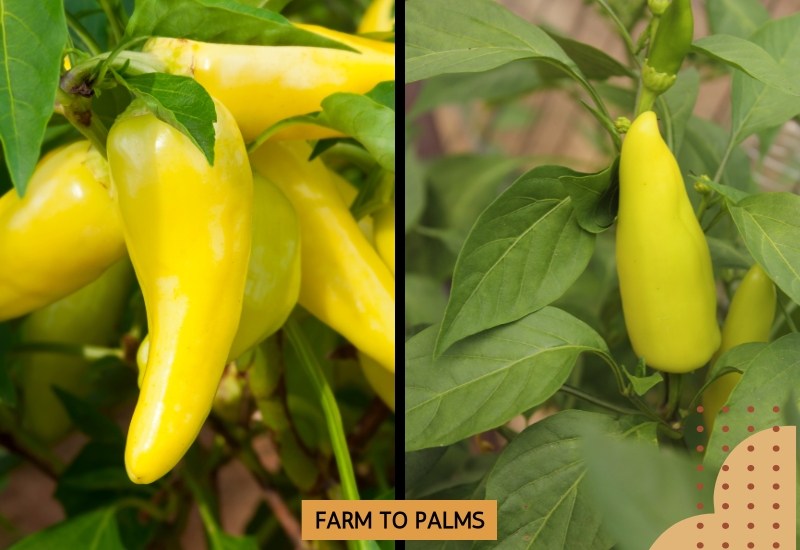
Banana peppers are called yellow wax peppers. The hot cultivars of banana peppers are called Hungarian Wax peppers. Since there are over 10,000 cultivars of only five species, it sometimes gets challenging to tell peppers apart.
They look virtually identical. Many Hungarian wax peppers are picked slightly younger for a greener appearance. But if you ever got a batch of hot banana peppers, someone messed up.
The banana pepper is usually longer (not always) and skinnier (not always) but stays between 0 and 500 SHU to be an actual banana pepper (yellow wax pepper).
The Hungarian Wax pepper is shorter (not always) and fatter (not always) but has an SHU between 1000 and 15,000 to be a Hungarian Wax.
Do you see the problem? Their phenotype (visible attributes) overlap. Their genotype is so close that they are not even a subspecies. The primary distinguishing factor lies in the amount of capsaicin the pepper produces.
This volume can be decreased by providing optimal growing conditions for the plant or increased by subjecting the pepper to stress. That brings the capsaicin production close. Mixups do happen.
Are Cubanelle peppers and banana peppers the same?

They may look similar and have similar flavors and heat, but they are different. Cubanelle peppers are milder and have a slightly sweeter taste, while banana peppers are more pungent. Texture-wise, Cubanelle peppers are thin-skinned and crisp, while banana peppers are thicker-skinned and marginally tougher.
Both types of pepper can be used in various dishes when it comes to cooking. However, depending on the recipe, one kind of pepper may be better suited. For example, Cubanelle peppers work well in roasted pepper dishes, while banana peppers are often used in pickling or as a topping on pizzas and sandwiches.
What are banana peppers suitable for?
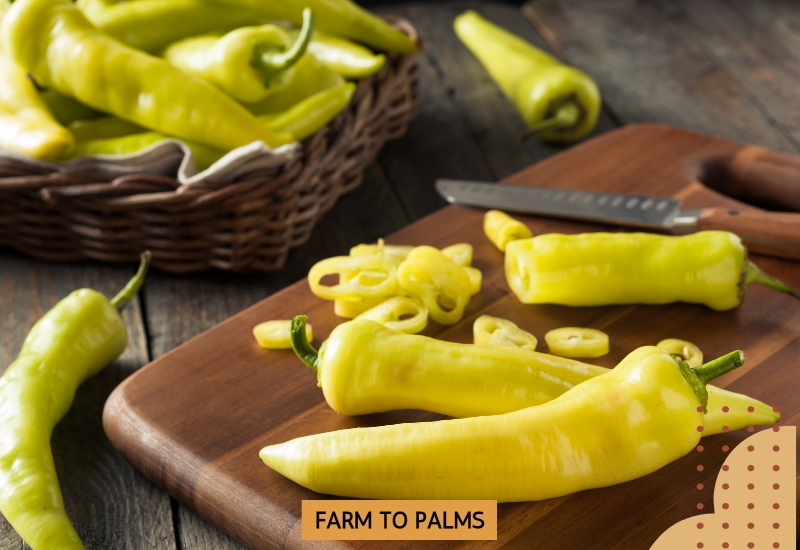
Banana peppers are mild chili peppers with a Scoville ranking of about 500 heat units, less spicy than jalapeños. They are hotter than bell peppers but still tolerable for most people. Banana peppers have a tangy and sweet flavor, making them versatile for various uses. Here are eight delicious ways to enjoy banana peppers in the kitchen:
Pickled banana peppers
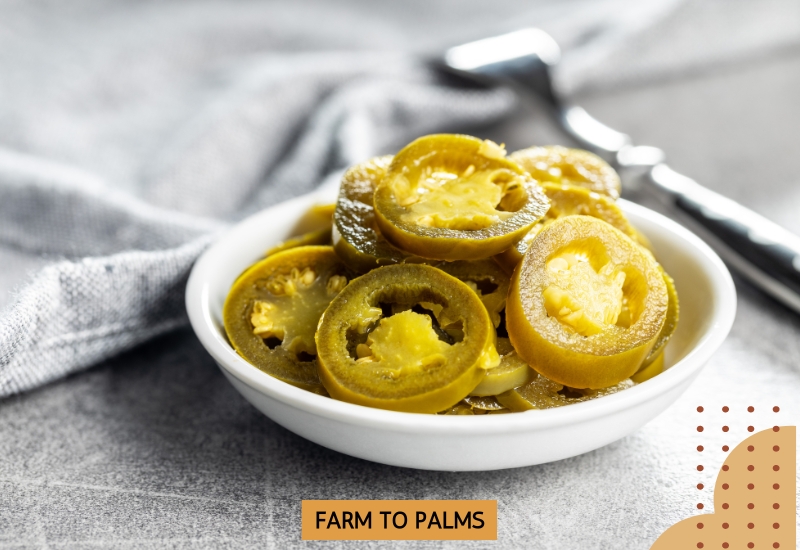
Extend their shelf-life by pickling them. The bright greenish-yellow color remains unchanged, adding an attractive touch to your food. Pickled banana peppers provide mild heat and can enhance the flavor of many dishes.
Topping for pizza
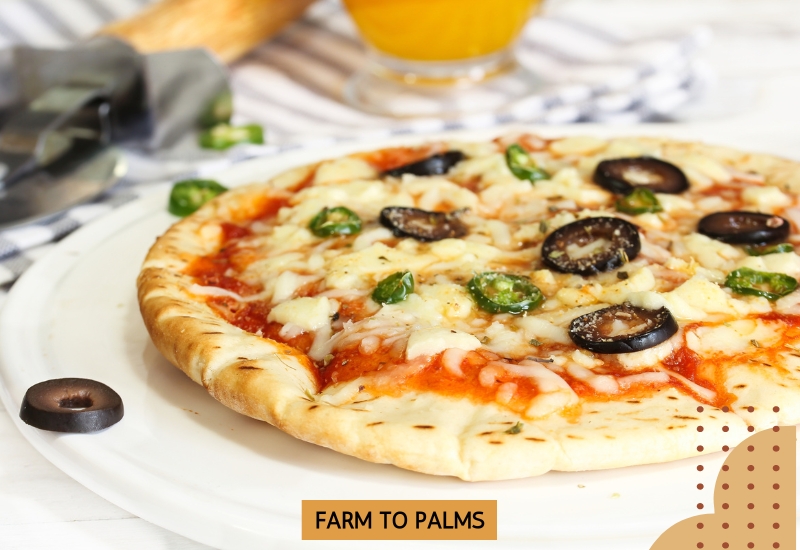
Whether pickled or fresh, banana peppers make a great addition to pizza; they pair well with traditional toppings like pepperoni, cured meats, onions, and arugula. Spicier banana peppers can add a pleasant kick to balance the richness of pizza.
Sandwiches
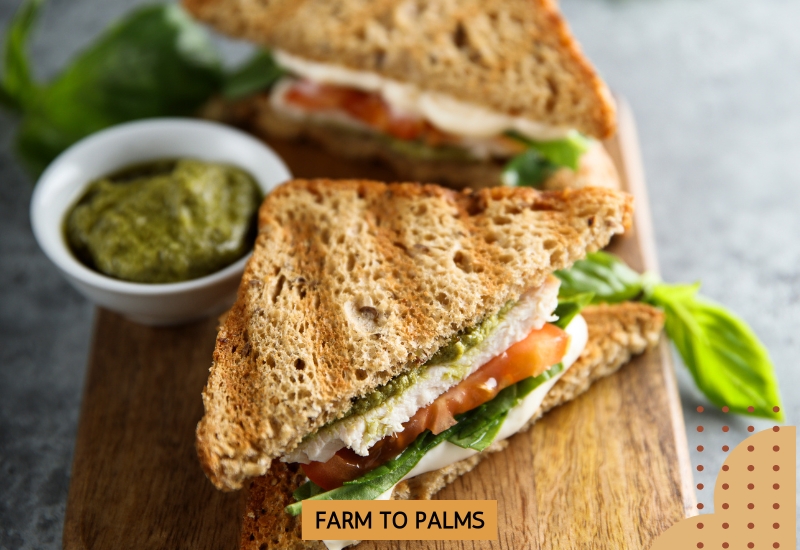
Banana peppers complement all meats and add a delightful tang to cold cuts, turkey, and tuna salad. Pickled banana peppers offer acidity similar to pickled jalapeños without the spiciness. They can even replace cucumber pickles on burgers or act as a substitute for bell peppers in cheesesteaks.
Salads
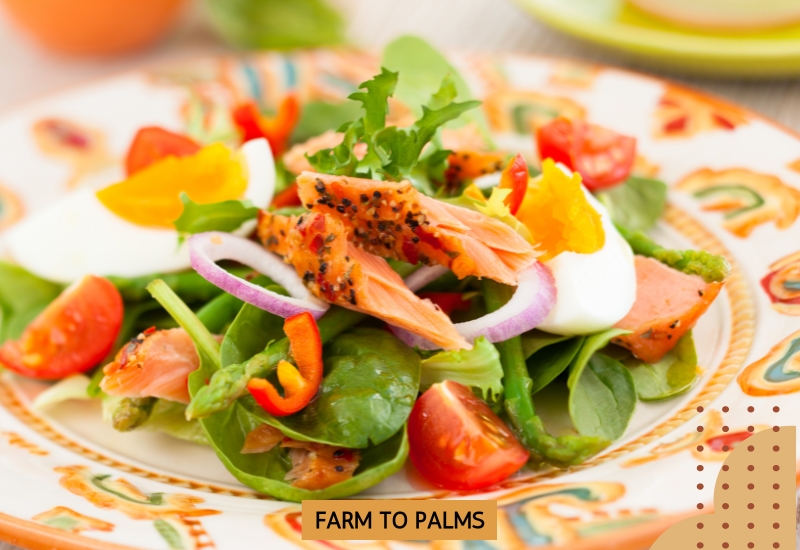
Raw or pickled banana peppers work well in salads: raw peppers’ sweetness and subtle heat complement popular salad ingredients and dressings. The acidity of pickled banana peppers creates a pleasing flavor contrast, especially in creamy dressings like coleslaw.
Stuffing
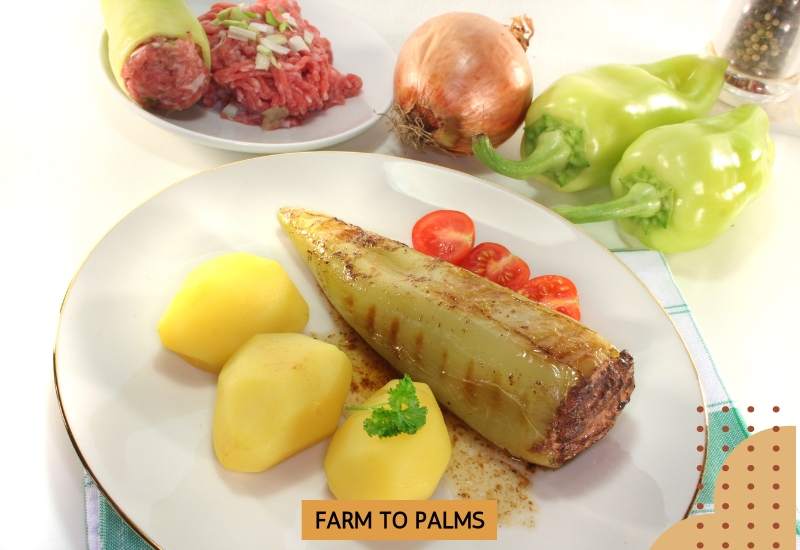
Like bell peppers and jalapeños, banana peppers can be stuffed with various fillings. They have a milder flavor than jalapeños, making them an excellent choice for those who prefer less heat. Banana peppers can be used as a substitute for jalapeños in any stuffed pepper recipe, whether baked or deep-fried.
Salsa
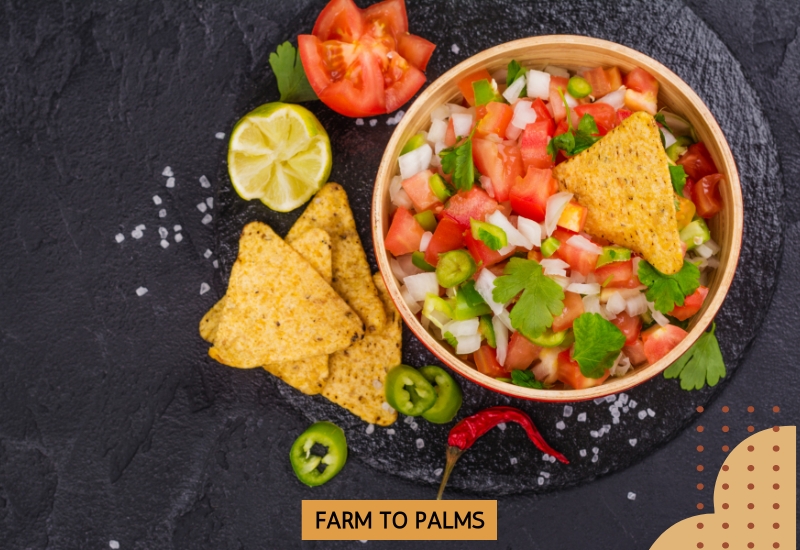
Banana peppers can be used in salsa just like any other chili pepper. Their flavor complements the acidity of tomatoes and other salsa ingredients, as well as the herbaceousness of cilantro.
Tacos
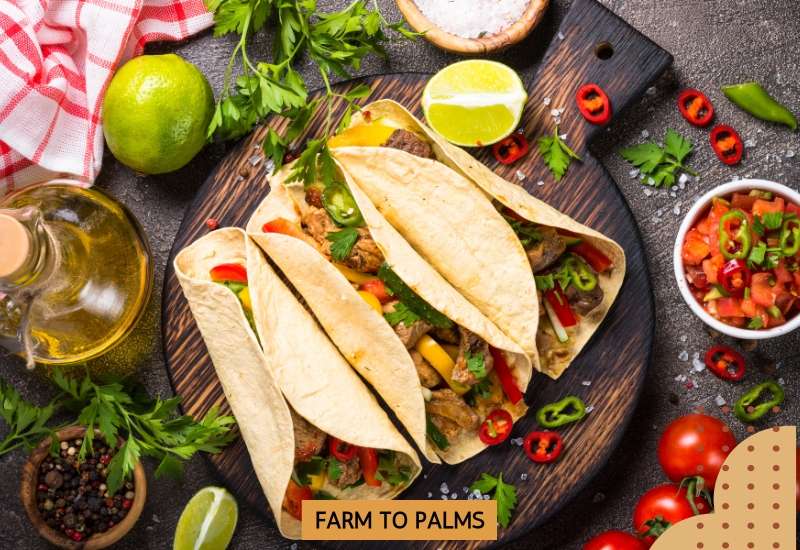
While jalapeños are the traditional choice for tacos, banana peppers work just as well. They provide a mild heat, crisp texture, and fruity flavor. Pickled banana peppers add a touch of acidity to tacos without the more robust spiciness of jalapeños or serranos.
Pepper jelly
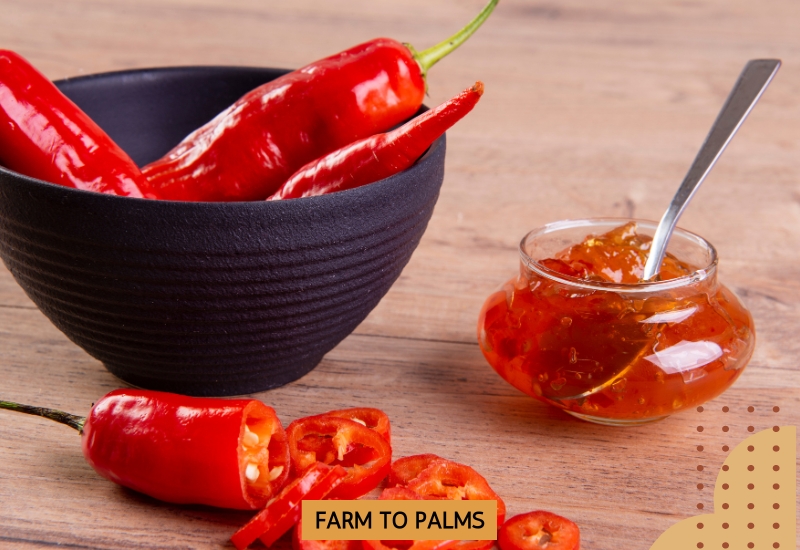
Make a versatile condiment combining pureed banana peppers with pectin. Pepper jelly adds sweet, peppery flavor and mild heat to various dishes, including meats and cheese.
Why are banana peppers classified as vegetables?
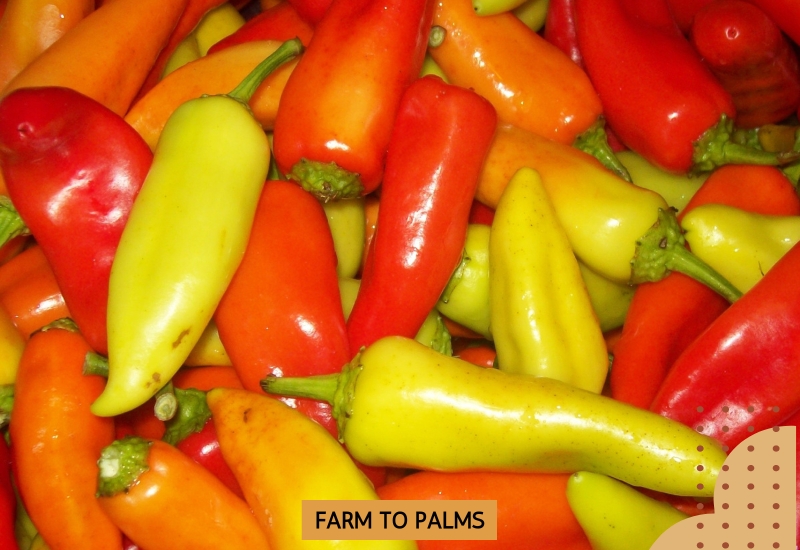
Banana peppers can be classified as fruits and vegetables, depending on their definition. In botanical terms, a fruit is any seed-bearing portion of a plant that develops from a flower’s ovary. Following this definition, banana peppers are classified as fruits since they grow from the ovary of the Capsicum annuum bush.
On the other hand, the term “vegetable” has a broader definition in botany. It encompasses any edible part of a plant, including roots, stems, flowers, leaves, and fruits. Therefore, if we consider this definition, banana peppers can also be considered vegetables since they are an edible portion of the plant.
It’s important to note that while all fruits can be considered vegetables, not all can be classified as fruits. This distinction arises from the specific botanical definitions that categorize different plant parts.
Go to Farm to Palms supermarket and buy delicious peppers to make exciting dishes. With a variety of peppers, especially banana peppers, you can create unique and flavorful meals.
